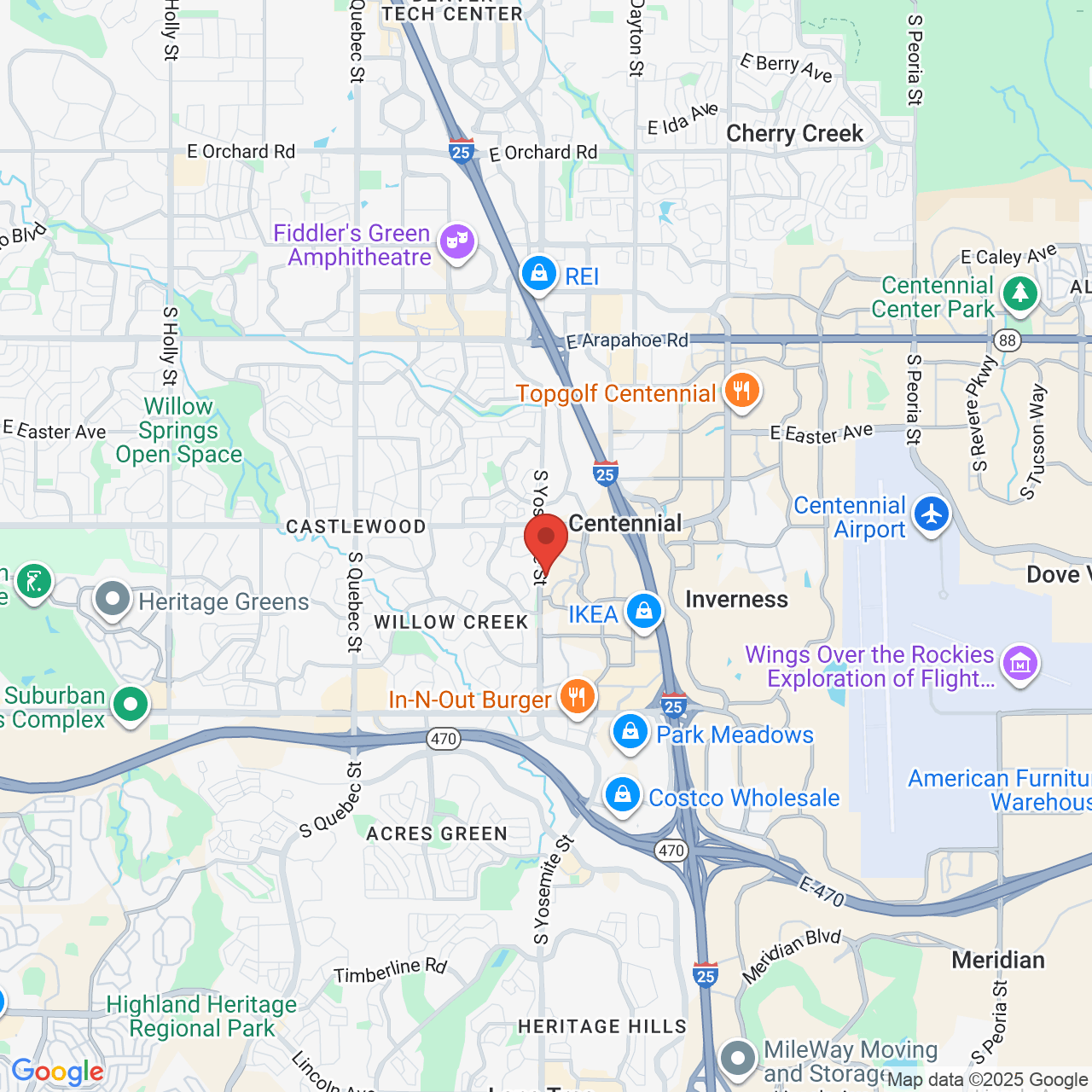WHAT HAPPENS DURING A SOFT TISSUE GRAFT?
Soft tissue grafts are available in three types, and the method used on you will depend on your specific requirements. The procedures for the graft include:
Connective tissue grafts are the most common method for treating exposure to the roots. During this procedure, a flap of skin is taken from the roof of your mouth, and the tissue from under the flap is removed to be stitched to the completion around the exposed root.
If you have thin gums and need additional tissue to enlarge them, the periodontist will offer you free gingival grafts similar to connective tissue grafts. Instead of creating a flap and removing tissue from under the top layer of the flesh, some tissue is removed from the roof of the mouth and attached to the affected area.

If you have plenty of gum tissue near the tooth, you could be offered pedicle grafts where the gum is grafted from around the tooth that needs repair.
Dentists are also using graft material from a tissue bank rather than the roof of the mouth. At times proteins for stimulating the tissue are used to encourage the natural ability of the body to grow bone and tissue. Your dentist will recommend the best method suitable for you after evaluating your situation.
RECOVERING AFTER UNDERGOING SOFT TISSUE GRAFT
You will be discharged from the clinic following the procedure to go home. However, if you have received a sedative during the process, you must make arrangements to have someone to drive you home.
Your dentist will provide specific instructions regarding the diet you can have, physical activity, and medications to ensure your recovery progresses well. You must not brush and floss the gum line that underwent the soft tissue procedure until the area has healed. The dentist will recommend you rinse your mouth with a special mouth rinse to help control plaque. Antibiotics may also be prescribed to manage the risk of infections.
A couple of weeks after the surgery, you will be advised to have soft foods and avoid hard foods to prevent injuries.
The type of soft tissue graft performed on you will determine how much discomfort you will experience after the procedure. You will require a couple of weeks for your mouth to heal fully, but you should be able to return to work and continue regular activities the day after the surgery.


